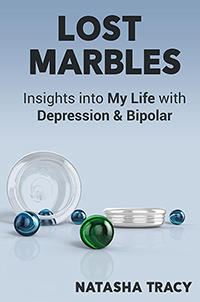Why Saying “Just Stop Cutting” Doesn’t Work for Self-Harmers
One of the least helpful things you can say to someone who self-harms is, “well, just stop cutting.” Believe me, for most people who cut, if it were that easy, they would have done it already. People struggle with ending self-harm not because they don’t want to but because they use self-harm as a coping skill and you can’t just take away someone’s only or best coping skill. They won’t know what else to do without it. So saying, “just stop cutting” to a self-harmer is like saying, “just stop crying” or “just stop talking to your friends” or “just stop drinking” – if that’s the coping skill the person uses to deal with pain, telling them to “just stop it” doesn’t work.
Read More










Recent Comments